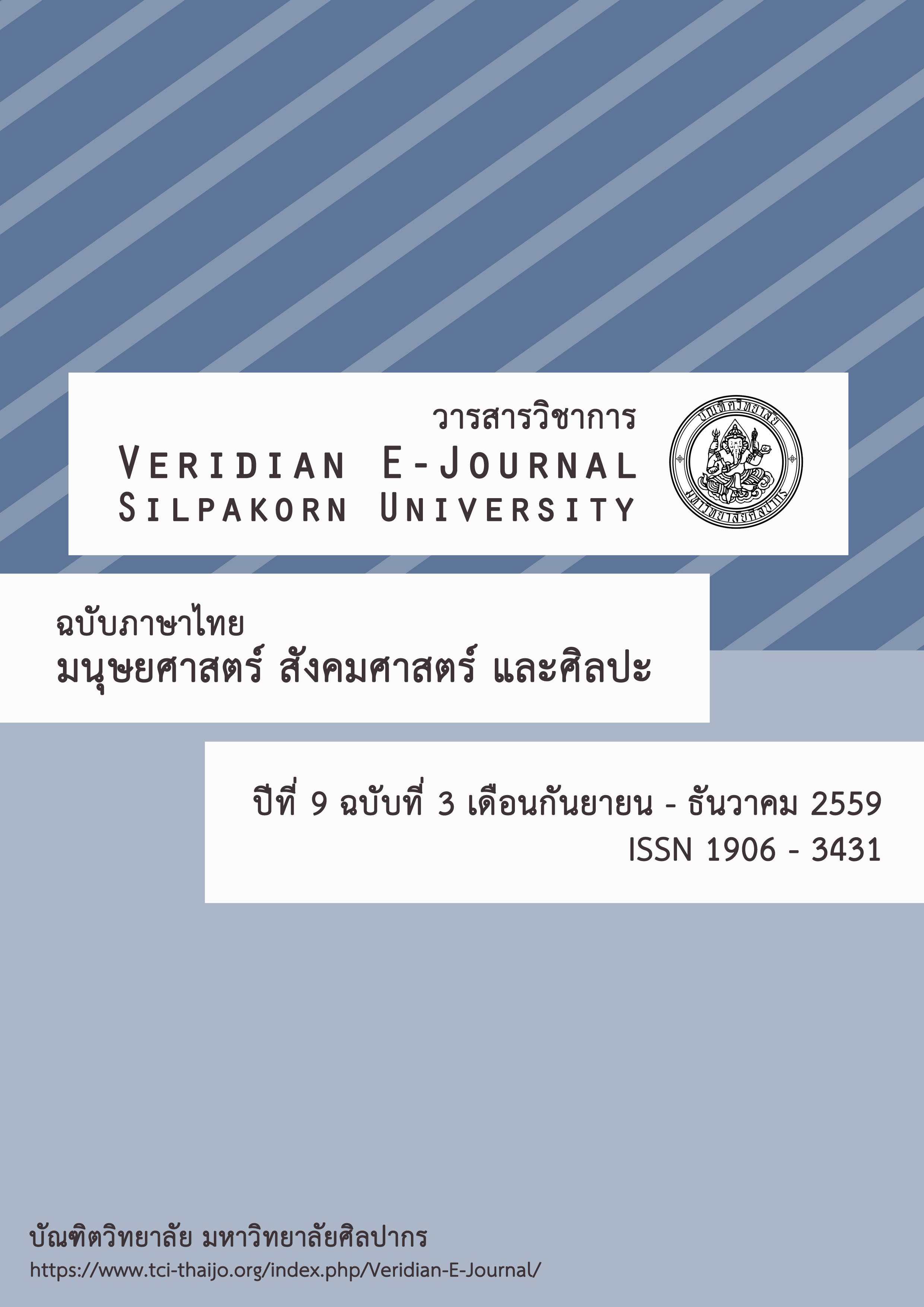ปัจจัยทำนายคุณภาพชีวิตการทำงานของทันตาภิบาลในโรงพยาบาลส่งเสริมสุขภาพตำบล เขตบริการสุขภาพที่ 5 กระทรวงสาธารณสุข
Main Article Content
Abstract
การวิจัยเชิงสำรวจแบบตัดขวางครั้งนี้ มีวัตถุประสงค์เพื่อศึกษาคุณภาพชีวิตการทำงานและปัจจัยทำนายคุณภาพชีวิตการทำงานของทันตาภิบาล ประชากร ได้แก่ ทันตาภิบาล ที่ปฏิบัติงานอย่างน้อย 6 เดือนในโรงพยาบาลส่งเสริมสุขภาพตำบล เขตบริการสุขภาพที่ 5 กระทรวงสาธารณสุข ครบทั้ง 8 จังหวัดเก็บข้อมูลจากทุกหน่วยประชากร จำนวนทั้งสิ้น 340 คน ด้วยแบบสอบถามโดยวิธีการตอบด้วยตนเอง วิเคราะห์ข้อมูลด้วยสถิติเชิงพรรณนาและสถิติเชิงอนุมานได้แก่ สถิติเพียร์สัน (Pearson’s product moment correlation coefficient)และการวิเคราะห์การถดถอยเชิงพหุคูณเชิงเส้นตรงแบบขั้นตอน (Stepwise Multiple Regression Analysis)
การศึกษาครั้งนี้ มีผู้ให้ข้อมูลสมบูรณ์ รวมทั้งสิ้น 211 คน (ร้อยละ 62.1) ผลการศึกษาพบว่าผู้ให้ข้อมูลส่วนใหญ่รับรู้ต่อการมีคุณภาพชีวิตการทำงานในระดับปานกลางร้อยละ) 79.1) รับรู้ต่อคุณลักษณะงานในระดับสูงร้อยละ) 65.4) รับรู้ต่อบรรยากาศองค์การในระดับปานกลาง ร้อยละ) 50.2) และมีความผูกพันต่อองค์การในระดับปานกลาง ร้อยละ) 58.8) โดยคุณลักษณะงาน บรรยากาศองค์การ และความผูกพันต่อองค์การ มีความสัมพันธ์กับคุณภาพชีวิตการทำงานอย่างมีนัยสำคัญทางสถิติ (p < .05) ส่วนปัจจัยที่ร่วมกันทำนายคุณภาพชีวิตการทำงาน ได้แก่ นโยบายของผู้บริหาร การรักษาความเป็นสมาชิกขององค์การ ความเป็นอิสระของงาน ความเพียงพอของรายได้ และเทคโนโลยีที่ทันสมัย ซึ่งทั้ง 5 ปัจจัยนี้ ร่วมกันทำนายคุณภาพชีวิตการทำงานได้ ร้อยละ 57.4 (R2= 0.574)
ดังนั้น การพัฒนาคุณภาพชีวิตการทำงานของทันตาภิบาล จึงควรให้ความสำคัญกับความชัดเจนของคุณลักษณะงาน บรรยากาศองค์การ ความผูกพันต่อองค์การ และความเพียงพอของรายได้ ทั้งนี้เพื่อให้ทันตาภิบาลคงอยู่ในระบบและให้บริการทันตสาธารณสุขที่มีคุณภาพแก่ประชาชนต่อไป
The cross-sectional survey research aimed to study the quality of work life and the factors explaining the quality of work life (QoWL) of dental health officers. Data were collected from 340 dental health officers working for at least six months in Sub - district Health Promoting Hospitals, 5th regional service provider, Ministry of Public Health. Data were collected by using self – administered questionnaires. Descriptive statistics and inferential statistics consisting of Pearson’s product moment correlation coefficient, and stepwise multiple regression analysis were used for analysis.
The research results, from 211 respondents (62.1%), showed that 79.1% perceived their QoWL at a moderate level. Most respondents perceived job characteristics at a high level (65.4%), perceived organizational climate at a moderate level (50.2%), and perceived organizational commitment at a moderate level (58.8%). Five predictors, i.e., organizational structure, desire to maintain membership in the organization, independent of work, adequate incomes, and modern technology significantly predicted the QoWL by 57.4% (R2 = 0.574).
The findings suggest that a development program to improve the QoWL among dental health officers, therefore, attaches importance to clarity of job characteristics, organizational climate, organizational commitment, and adequate incomes to enable them to efficiently provide dental health services for people.

